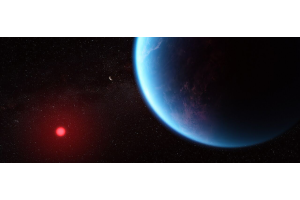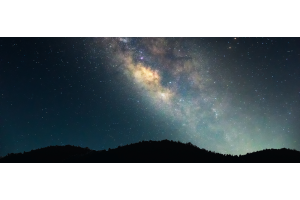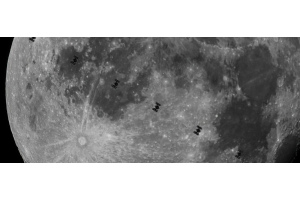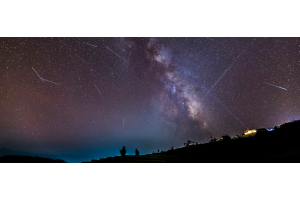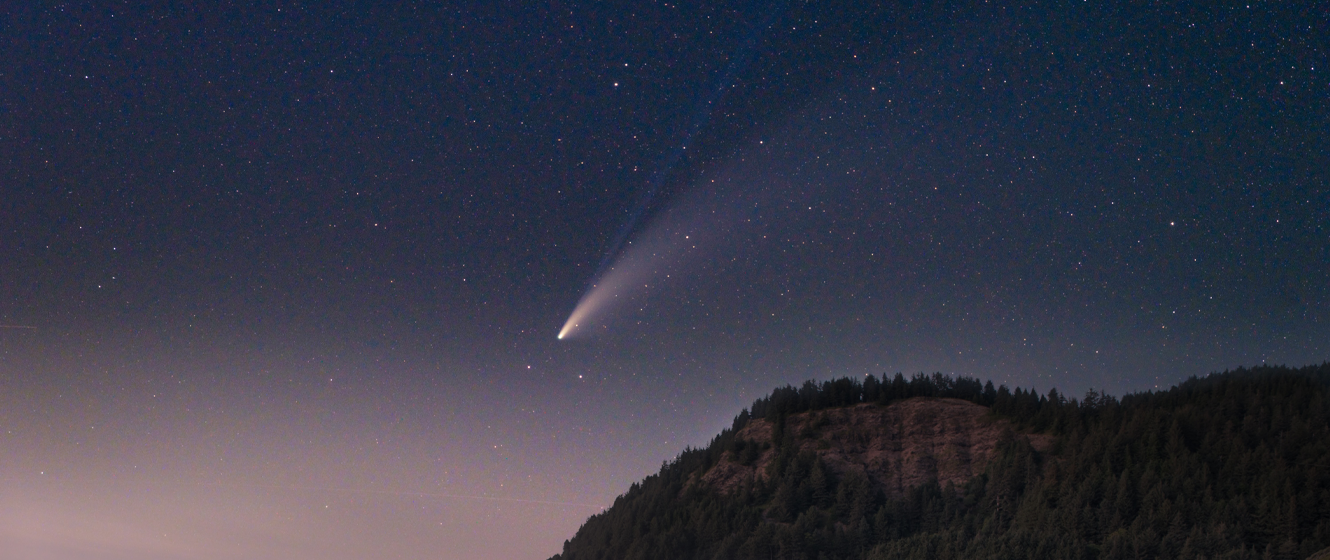
Throughout history, comets have been spotted in the sky and have usually been associated with omens portending doom. In 1066, a comet was spotted in the sky, prompting William of Malmesbury, an English historian, to remark in terror: “You've come, have you?’, he said. ‘You've come, you source of tears to many mothers. It is long since I saw you; but as I see you now you are much more terrible, for I see you brandishing the downfall of my country." Later, a comet was spotted in 1456 and was considered an omen of doom after the Ottoman Empire besieged the city of Belgrade. A comet was also spotted in 1145, 1222, and 1301, each apparition appearing to portend doom or disease. However, it was not until the 16th century that it was noticed by Edmund Halley that these comets were in fact the same one, appearing every 75 years. This was the first time a comet could actually be predicted.
Modern astronomy now tells us that comets are nothing to be afraid of. Most comets are wandering vagabonds from the Oort Cloud as far as 100,000 times the distance between the Earth and the Sun (also known as an Astronomical Unit). The Oort Cloud is thought to be a spherical cloud of debris at the very outer edge of the solar system. A passing star or other disturbance may disturb these objects out of their orbits and bring them into the solar system. These comets have orbital periods of many thousands of years. Halley’s Comet is known as the brightest “period” comet and is the only bright comet you might have a chance of seeing twice in your lifetime.
Comets are usually made of frozen gases, rock, and dust that can be as large as a small town or even a city. When they approach the Sun, they begin to heat up and release some of this material in what’s known as a tail. A comet will usually have two tails: a dust tail (also called the coma) that is made up of dust particles released from the nucleus, and an ion tail that is made up of charged particles interacting with magnetic fields from the solar winds. The dust tail usually appears curved by radiation pressure - or the pressure exerted on the comet’s tail by the Sun’s energy. Some comets are notable in just how bright they become. These are known as “Great Comets”. The most recent great comet was Comet McNaught in January 2007. Other lesser comets but still spectacular include Comet NEOWISE in June 2020 and Comet LEONARD in December 2021. As of this writing, there are over 3,000 known comets in our solar system.


Learn More
Interested in learning more about galaxies, the universe, and the night sky? Check out our Astronomy Hub!
This Article was Last Updated on 08/16/2023









